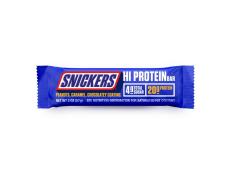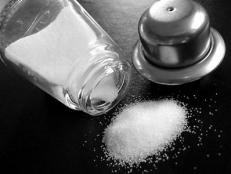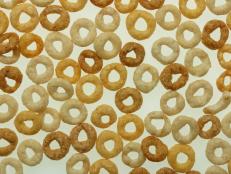News Update: FDA Hints at Releasing Long-Awaited Salt Guidelines

As blood pressure and health care costs for chronic disease continue to rise, the Food and Drug Administration is preparing to issue new guidelines on sodium. Americans currently take in about 3,400 milligrams (or 1½ teaspoons) of salt each day, a number well above the 2,300 milligrams per day (or 1 teaspoon) recommended upper limit. By advising food companies and restaurants to reduce sodium level in foods, the FDA hopes to lower the incidence of high blood pressure, strokes and other medical problems.
Talks of salt reduction have been swirling since 2010. Although the new salt guidelines were originally slated for release in 2013, the FDA told the Associated Press this week that the agency will be ready to issue the guidelines "relatively soon." The FDA's limits on sodium are expected to be voluntary, yet many food companies and retailers are planning to or have already cut back on salt in their products. Food giant ConAgra says it has already made a 20 percent reduction, while Walmart plans on slashing sodium by 25 percent in many products by next year. Subway restaurants have also claimed a 30 percent salt reduction in the chain's offerings.
Food manufacturers plan to gradually lower sodium levels so that consumers' taste buds can adapt, with the expectation that many buyers won't be aware of any alterations to popular products such as soup and pizza.
In addition to heightening flavor, salt also prolongs shelf life and prevents bacterial growth in foods, which means that removing salt can present challenges to manufacturers. Some companies are tinkering with their formulas and swapping ingredients, for example, substituting potassium chloride for table salt (sodium chloride).
Toby Amidor, MS, RD, CDN, is a registered dietitian and consultant who specializes in food safety and culinary nutrition. She is the author of The Greek Yogurt Kitchen: More Than 130 Delicious, Healthy Recipes for Every Meal of the Day.

































